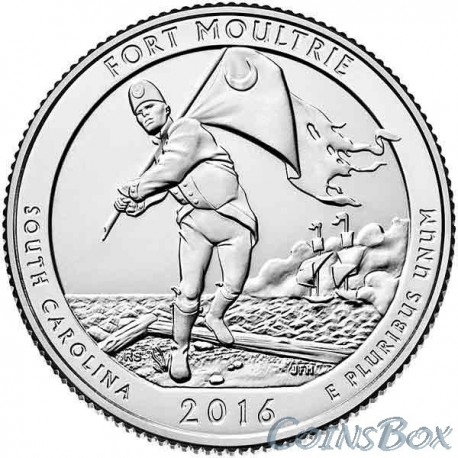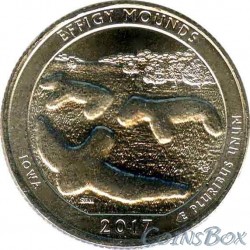No products
Product successfully added to your shopping cart
There are 0 items in your cart. There is 1 item in your cart.
America the Beautiful
- Sets of coins
-
Coins
- Coins Russia and CIS
-
Europe
- EURO
- Austria
- England
- Belgium
- Germany
- Italy
- Spain
- Latvia
- Lithuania
- Estonia
- Luxembourg
- Portugal
- France
- Finland
- Cyprus
- Andorra
- Greece
- Netherlands
- Slovakia
- Slovenia
- Ukraine
- Belarus
- Sweden
- Poland
- Norway
- Denmark
- Ireland
- Iceland
- Switzerland
- Monaco
- Liechtenstein
- Bulgaria
- Hungary
- Moldova
- Romania
- Czech
- Vatican
- Albania
- Bosnia and Herzegovina
- Macedonia
- Malta
- San Marino
- Serbia
- Croatia
- Montenegro
- Turkey
- Kazakhstan
- Transnistria
- Scotland
- Gibraltar
- North America
- South America
- Australia and South Pacific
- Africa
- Asia
- Tokens
- Silver
- Accessories
- Sochi 2014
- Banknotes
- Sale
- Marriages and species
- Sundry
Top sellers
-

-

-

Official set of series Russian Federation. Issue 11
Official set of series "Russian Federation". Issue 11
4 650 руб -

100 RUB Sochi 2014
680 руб -

-

-

10 kopeck 2015 MMD
7 руб -

-

1 Dollar First Patent 2018
250 руб -

Official set of series Russian Federation. Issue 12
Official set of series "Russian Federation". Issue 11
5 350 руб
No supplier
Viewed products
 View larger
View larger
25 cents 2016 35th Fort Moultrie National Park
Data sheet
| Depth | 1,7 |
| Weight | 5,67 |
| Diameter (mm) | 24,3 |
| Material | Copper-Nickel |
| Edge of the coin (milling) | fluted |
| Country | USA |
| Release date | 2016 |
| Quality | UNC |
More info
25 cents (quater) in 2016 from the National Parks series - the 35th Fort Moultrie National Park state of South Carolina.
Obverse: In the center of the coin is a portrait of President George Washington to the left (shown in the restored version of the original portrait, used since 1932 on coin-kvarterah). Above the semicircular name of the issuing country: UNITED STATES OF AMERICA, in the semicircle the value of the coin is written - QUARTER DOLLAR. To the left of the portrait is minted the word LIBERTY (FREEDOM), on the right in a few lines - IN GOD WE TRUST (WE BELIEVE IN GOD) and the letter of the mint.
Reverse: In the center of the coin there is a picture of the battle on Sullivan Island, which took place on June 28, 1776. On the coin, William Jasper, sergeant of the 2nd regiment of South Carolina, rescues the flag and moves it to the fort. On the left side of the coin is the inscription: "SOUTH CAROLINA" (South Carolina), on the right - "E PLURIBUS UNUM". In the lower part of the coin, the year of the coin is indicated: "2016".
Released on: November 17, 2016.
Fort Moultrie is a series of strongholds on Sullivan's Island, built to protect the port city of Charleston (standing on the Atlantic coast). Edgar Poe, who lived for a while on the island of Sullivan, describes it in the story "The Golden Beetle": "This is a very strange island. It stretches for a length of a mile to three and consists almost of one sea sand. Its width does not exceed a quarter of a mile. From the mainland, it is separated by a scarcely visible strait, the water in which hardly makes its way through the mud and dense reeds - the shelter of the marsh chickens. There are few trees on the island, and they grow poorly ... On the western tip of the island, where Fort Moultrie towers and there are a few miserable buildings inhabited in the summer months by urban residents fleeing from fever and Charleston dust - you can see a prickly dwarf palm tree. But the whole island, if
Not to consider this cape in the west and white, hard as a stone, sandy fringe on the seashore, covered with a thicket of fragrant myrtle ... Its bushes ... form a continuous thicket, filling the air with a heavy fragrance and almost impassable for man. "
During the War of Independence, June 28, 1776, British admiral Sir Peter Parker, with nine British warships and troops under the command of Major-General Sir Henry Clinton, attacked the fort, which had no name or history. Most of the fortifications were built of palmetto wood (a saber palm tree, reaching a height of 20 m). When bombarded, they did not split, according to eyewitness accounts, the nucleus rebounded from the "unperturbed" walls. The whole day 400 soldiers of the 2nd regiment of South Carolina under the command of William Moultrie led the battle, which ended with the victory of the defenders of the fort. British ships, after receiving serious damage, were forced to withdraw. In honor of this event, the fort was named Moultrie, and the people of the state celebrate the day of victory every year, calling it the Day of Carolina. During the battle, defenders of the fort hung out their own flag: a blue cloth with a white crescent and the inscription "Liberty" ("Freedom"). For modern Americans, he is one of the relics of the struggle for independence.
In 1780, during the siege of Charleston, the British still captured Moultrie, but after losing the war as a whole, they left the fort in 1782.
In the 1790s. Moultrie was significantly fortified, on the Atlantic coast was built 19 more forts. In 1804, Moultrie
Was destroyed by a hurricane and built again of brick. It consistently served about 500 people.
Since December 1837, one of the most famous Indian leaders, the leader of the Seminole Osceola (1804-1838), was held in the fort. Here he died of malaria on January 20, 1838 and was buried with military honors. His grave is today one of the attractions of the national monument.
In the midst of the Civil War in the vicinity of Fort Moultrie fierce battles were fought.
In the 1870's. The fort was subjected to substantial modernization, by the 1890s. The entire island of Sullivan turned into a major military base and continued to develop in this channel until the end of World War II. On August 15, 1947, the flag of Fort Moultrie was lowered, the protection of the Atlantic coast ceased to be regarded as a vital necessity for the state of the USA. In 1960, the US Department of Defense transferred Fort Moultrie to the National Park Service.










